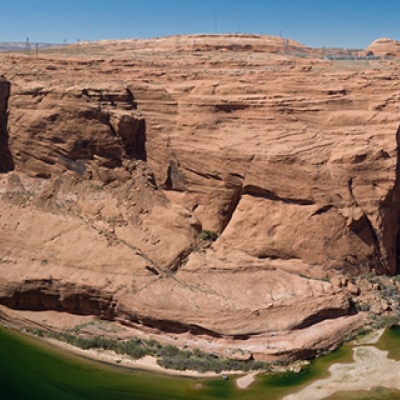
Conference Fever Isn't Enough
By John Rieger / On October 7th, 2014
Editor's note: Our Executive Editor Barbara Dean is currently attending the Society for Ecological Restoration's Northwest/Great Basin Joint Regional Conference. We hope she and the other attendees catch a nice case of conference fever—and pick up some helpful tips for successful restoration!


